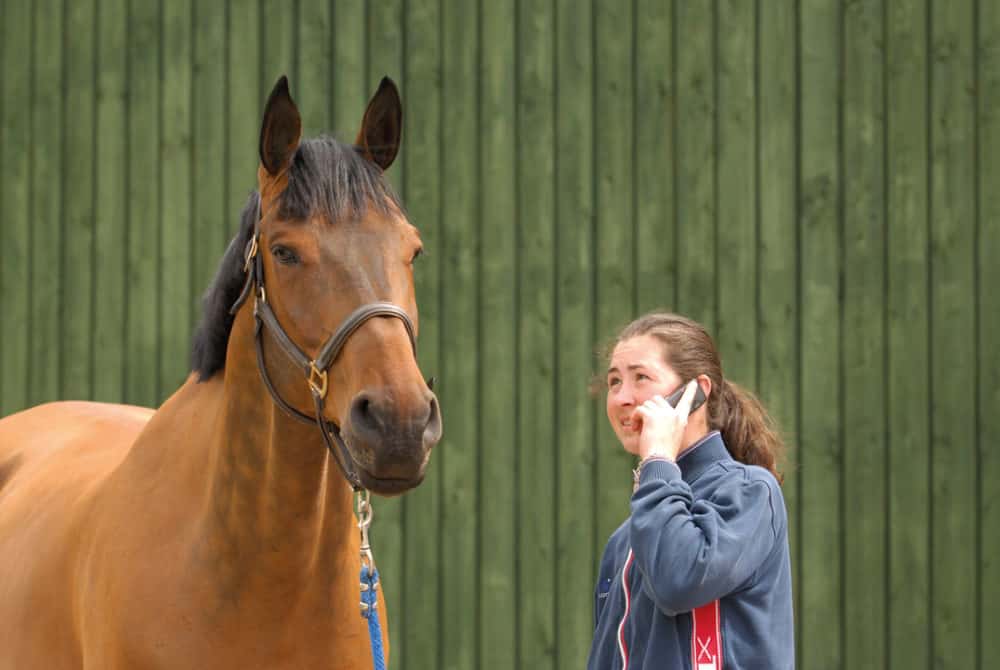Colic
Posted 18th July 2019
Colic – it strikes fear into the hearts of horse owners everywhere, and for good reason. But how much do you know about recognising the symptoms?

Imagine arriving at the yard to discover that your horse is agitated, sweating and pacing around his stable – it’s a scenario no horse owner ever wants to experience. Whether or not it’s happened to you before, the feeling of dread it produces is like no other and it doesn’t get any better with experience – just ask your vet.
As with any emergency, equine or not, knowledge really is power. So, with the help of the REACT Now to Beat Colic campaign, The British Horse Society and University of Nottingham have teamed up to educate horse owners and help you prepare.
Get to know colic
Colic is a broad term used to describe abdominal pain, but it can be broken down into six main types…
- Spasmodic
- Tympanic
- Impaction
- Sand colic
- Displacement
- Strangulations
Recognise the signs
Identifying a case of colic early on offers the best chance of nursing your horse back to full recovery. Look out for warning signs and think REACT…
Restless or agitated
What to look out for…
- attempts to lie down
- repeated rolling
- unexplained sweating
- box-walking or circling
Eating less, or reduced droppings
Abdominal pain
What to look out for…
- flank watching
- pawing
- kicking at his belly
Clinical changes
What to look out for…
- increased heart rate
- reduced or absent gut sounds
- changes in colour of gums
- rapid breathing rate
Tired or lethargic
What to look out for…
- lying down more
- lowered head position
- dull or depressed behaviour
Pick up a copy of September Horse&Rider, on sale 25 July, for more information on spotting colic.










